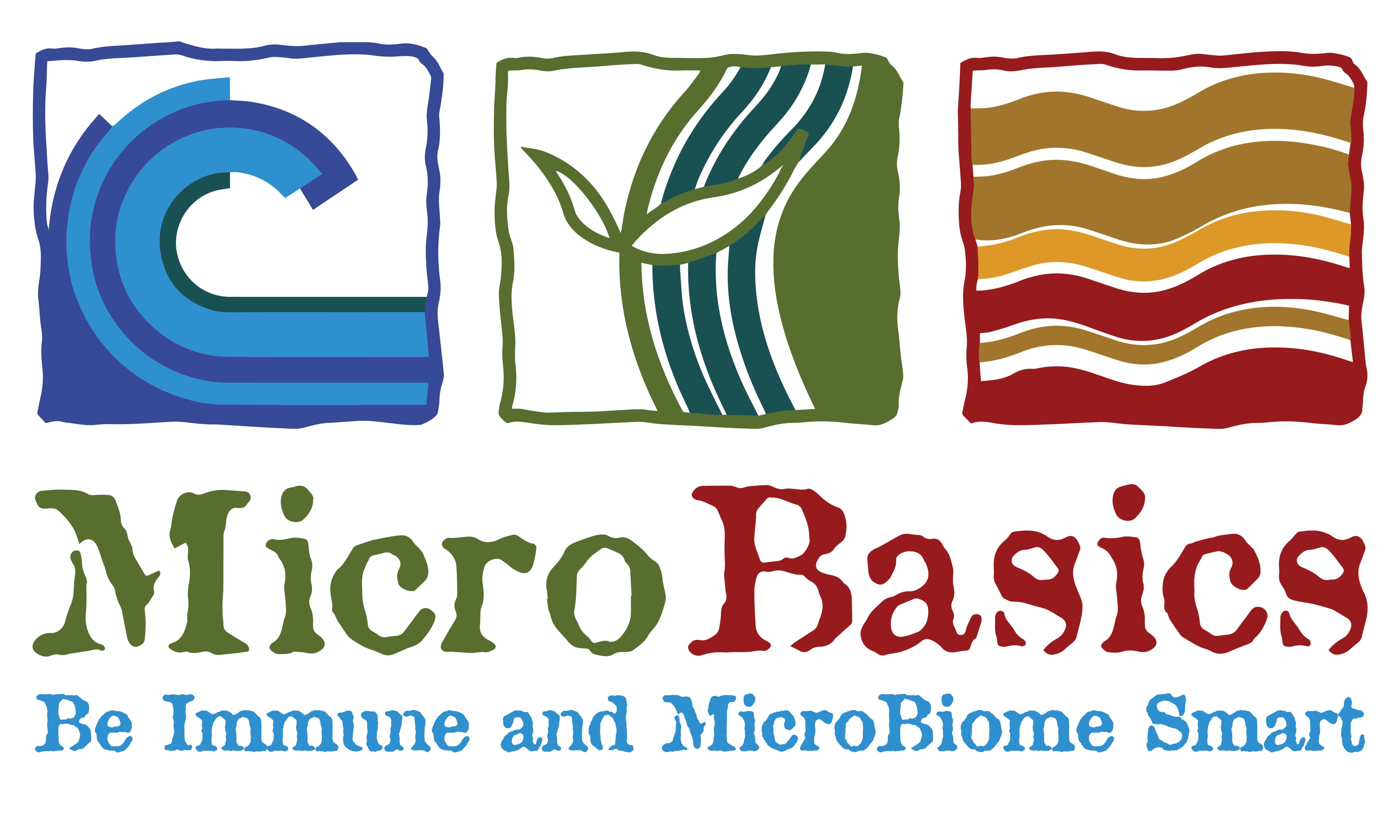A Veterinarian-Client-Patient-Relationship (VCPR) is an agreement between a Veterinarian of Record (VOR) and a livestock producer which allows the producer access to expertise in animal health and prescription medications when deemed necessary by the VOR.
VOR
All livestock producers should have a valid VCPR. The VOR has the responsibility for providing oversight of treatment protocols, drug inventories, drug usage, prescription medications, and employee training.
- The VOR listed on the agreement must consent to the role.
- Be familiar with the facility.
- Have been on site in the past 12 months.
Expectations
Expectations for a VCPR include:
- Written agreement with the veterinarian which identifies the farm veterinarian accountable for drug use and treatment administration.
- The VOR is responsible for overseeing drug use. Including tasks such as establishing treatment protocols, employee training, record analysis, and monitoring drug inventories.
- Regular farm visits are critical to a VCPR. Time between visits should be decided by the VOR and be based on the size of the operation.
- Other veterinarians that provide professional services must contact and inform the VOR of their findings and recommendations.
- Written or electronic treatment records of all animals treated are pertinent in maintaining the VCPR. Said records should include the date, animal ID, drug(s) used, frequency, duration, dose, method of administration, applicable meat or milk withdrawal intervals, and the person giving the treatment.
- The sale of drugs is not a valid ethical reason for having a VCPR.
Benefits
Your veterinarian can be a beneficial resource in establishing, reviewing, and improving protocols. They can help you identify management gaps and protocol drift with the goal of improving animal health and productivity.
- Use your veterinarian as a resource for training employees.
- Potentially painful procedures.
- Disease identification.
- Medication and treatment protocols to maximize recovery success.
- Antibiotic stewardship.
Having a licensed veterinarian on your management team can bring a lot of resources to the table for your livestock production system. If you haven’t already established a VCPR talk to your veterinarian about doing so and use the program to help encourage record review and protocol improvement.
Written by: Mariah Gull, M.S.

